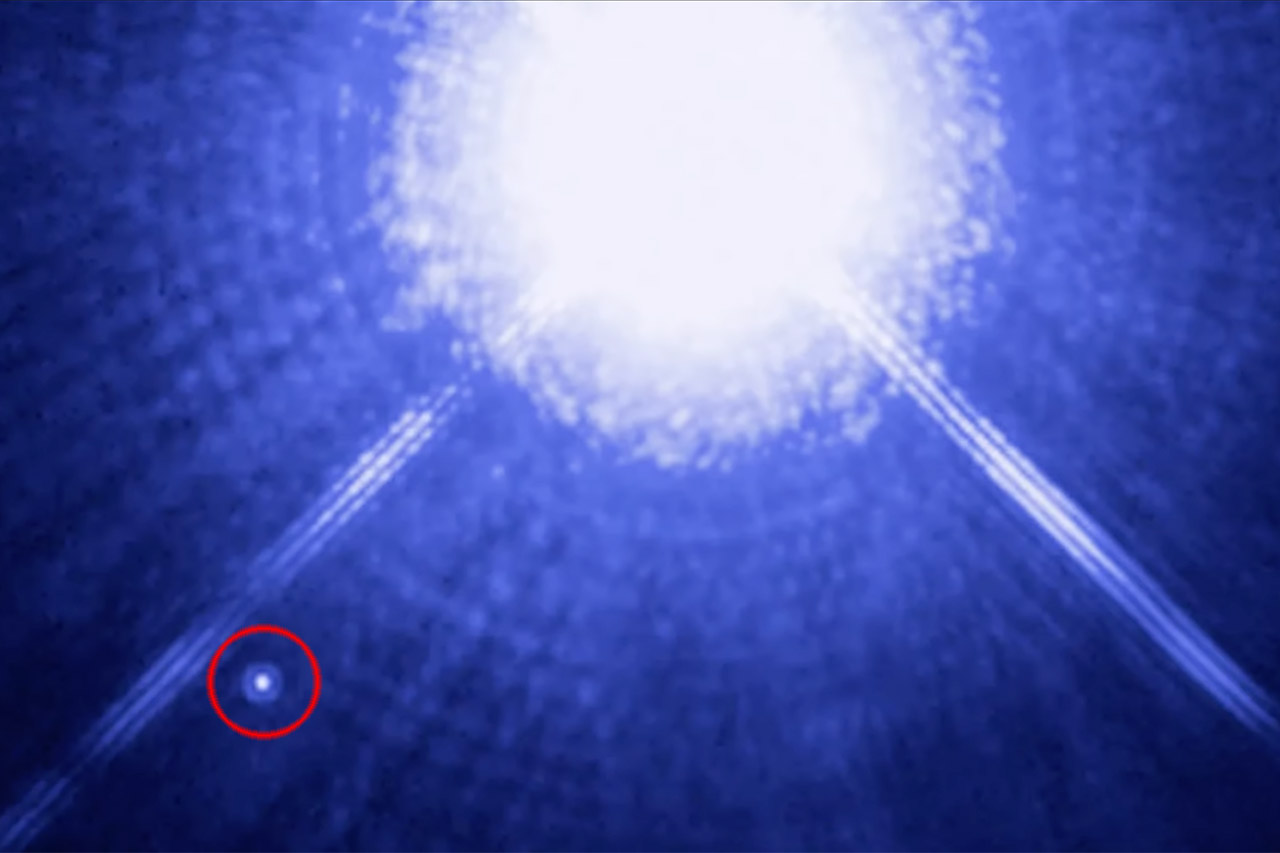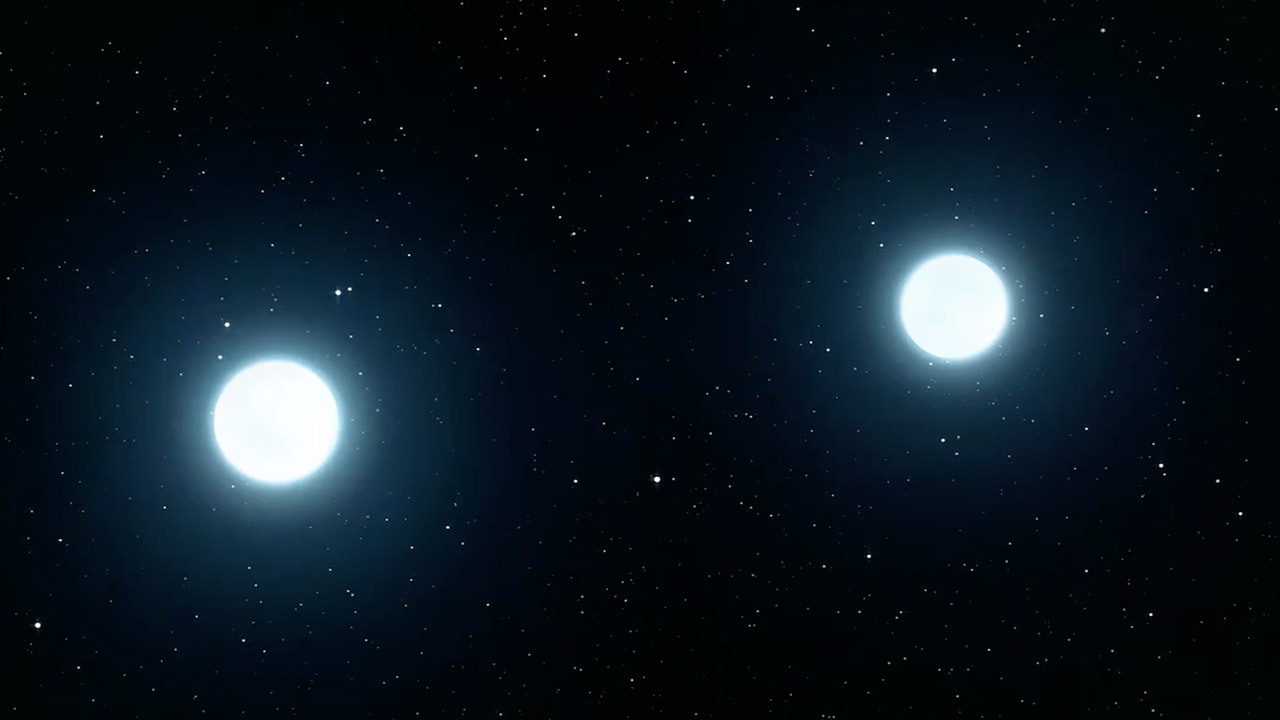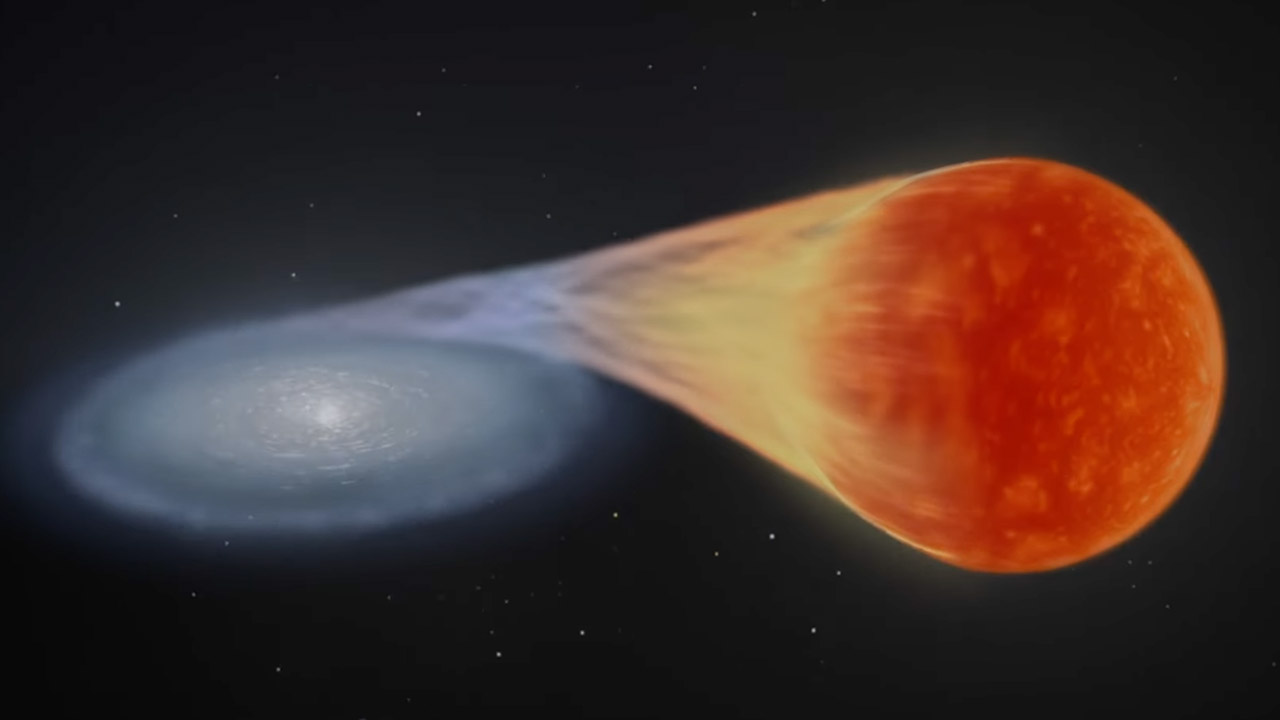
A white dwarf star is as dense as a city squished into the size of the Earth. Usually that’s the end of a star’s life. But sometimes they don’t go quietly. An international team of astronomers using NASA’s Hubble Space Telescope discovered a rare beast: an ultra-massive white dwarf formed by a catastrophic collision with another star rather than a steady fading.
White dwarfs form when stars, like our Sun, that are too small to explode as supernovae shed their outer layers, leaving behind a hot, compact core. In around five billion years, our Sun will join them, a burning ember the size of the Earth but with the mass of a star. Most white dwarfs are modest, with masses around half that of the Sun. A few, however, tip the scales at up to 1.4 solar masses, and are called “ultra-massive”. They can form in two ways: either a single massive star evolves into one or, as Hubble’s latest find suggests, two stars collide and merge into a single, chunky white dwarf.

LEGO Icons Shuttle Carrier Aircraft Building Set for Adults – Spaceship & Airplane Model Kit for Adults,…
- 2 AVIATION LEGENDS, 1 BUILD – Recreate the iconic Boeing 747 and NASA Space Shuttle Enterprise with the LEGO Icons Shuttle Carrier Aircraft (10360)…
- DEPLOY LANDING GEAR – Turn the dial to extend the massive 18-wheel landing system on your airplane model, just like real flight operations
- AUTHENTIC FEATURES & DETAILS – Remove the tail cone, engines, and landing gear from the NASA shuttle and stow them in the cargo bay during flight

Hubble’s ultraviolet eye observed WD 0525+526, a white dwarf located 128 light-years away. At first view, it appeared to be ordinary, with a visible light spectrum that revealed the typical hydrogen and helium atmosphere. But Hubble’s Cosmic Origins Spectrograph, a tool for detecting tiny ultraviolet signals, discovered something unexpected: carbon in the atmosphere. That is not intended to happen. A typical white dwarf’s core has a lot of carbon and oxygen, but it’s hidden beneath massive layers of lighter elements. Carbon on the surface means something dramatic – like a cosmic collision that stripped away the outer layers and let the core’s carbon bubble up.

This white dwarf stands out even among other merger remnants. At 1.2 solar masses and 21,000 kelvins (37,000 degrees Fahrenheit), it’s hotter and more massive than the others. Six other merger-born white dwarfs, identified earlier through carbon in their visible light spectra, are cooler and less massive. For those, convection mixes carbon into their atmospheres. But WD 0525+526 is too hot for that. Instead, a subtler process, semi-convection, gently lifts a tiny amount of carbon – 100,000 times less than in other merger remnants – into its atmosphere. Without Hubble’s ultraviolet sensitivity this would have remained invisible and the star would have looked like a normal white dwarf.
Astronomers think WD 0525+526 formed when a white dwarf collided with another star, possibly a subgiant or another white dwarf. More specifically a high-speed plunge through a star’s outer atmosphere, creating a bow shock like a boat cutting through water. The impact burns away the hydrogen and helium, leaving a thin coating of those elements surrounding a carbon-rich core. This violent creation tale distinguishes merger remnants from single-star white dwarfs and provides insight into the tumultuous routes that certain stars travel to reach their final form.